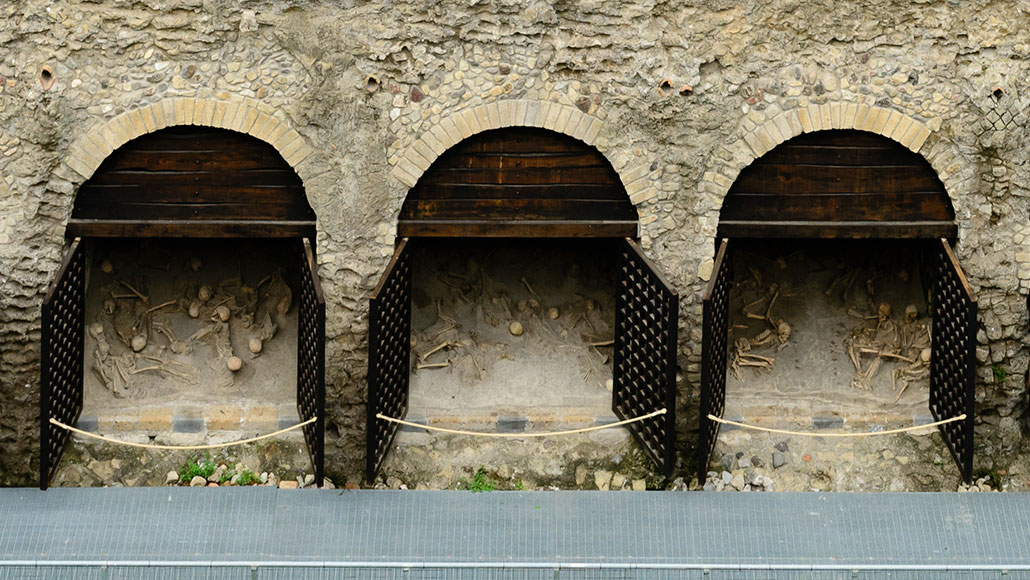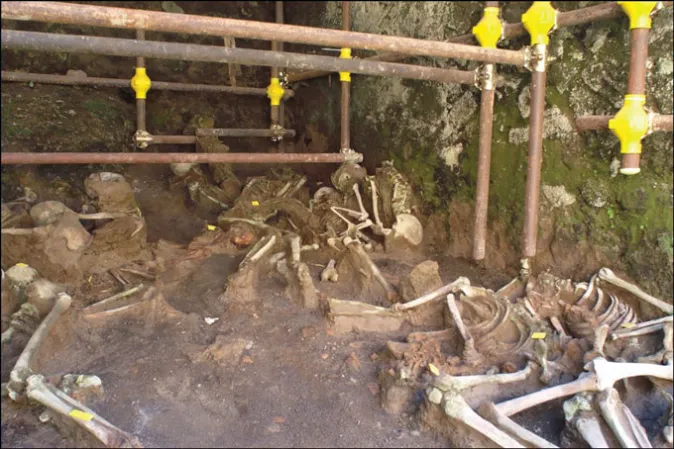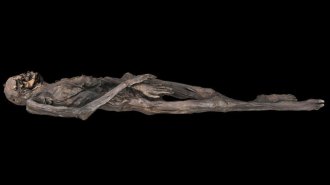Mount Vesuvius may have suffocated, not vaporized, some victims
People who took refuge in stone boathouses died a slower death when the volcano erupted

Some people fleeing the famous eruption of Mount Vesuvius in A.D. 79 hid in these stone boathouses.
Norbert Nagel/Wikimedia Commons (CC BY-SA 3.0)








